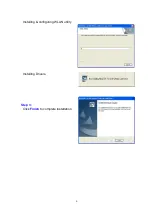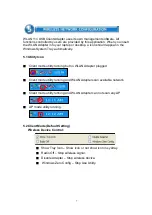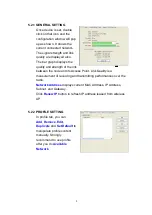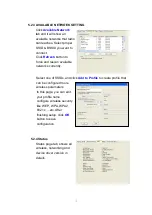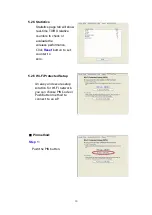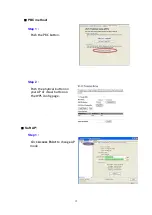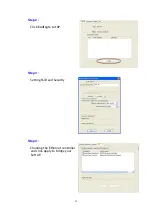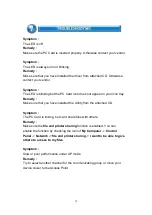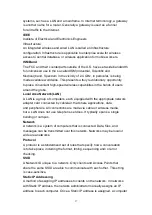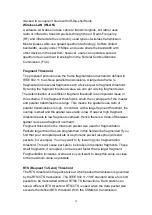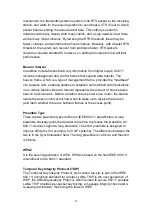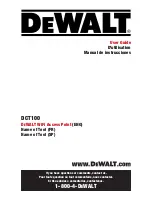
20
mechanism, the transmitting station sends out an RTS packet to the receiving
station, and waits for the receiving station to send back a CTS (Clear to Send)
packet before sending the actual packet data. This setting is useful for
networks with many clients. With many clients, and a high network load, there
will be many more collisions. By lowering the RTS threshold, there may be
fewer collisions, and performance should improve. Basically, with a faster RTS
threshold, the system can recover from problems faster. RTS packets
consume valuable bandwidth, however, so setting this value too low will limit
performance.
Beacon Interval
In addition to data frames that carry information from higher layers, 802.11
includes management and control frames that support data transfer. The
beacon frame, which is a type of management frame, provides the "heartbeat"
of a wireless LAN, enabling stations to establish and maintain communications
in an orderly fashion. Beacon Interval represents the amount of time between
beacon transmissions. Before a station enters power save mode, the station
needs the beacon interval to know when to wake up to receive the beacon
(and learn whether there are buffered frames at the access point).
Preamble Type
There are two preamble types defined in IEEE 802.11 specification. A long
preamble basically gives the decoder more time to process the preamble. All
802.11 devices support a long preamble. The short preamble is designed to
improve efficiency (for example, for VoIP systems). The difference between the
two is in the Synchronization field. The long preamble is 128 bits, and theshort
is 56 bits.
WPA2
It is the second generation of WPA. WPA2 is based on the final IEEE 802.11i
amendment to the 802.11 standard.
Temporal Key Integrity Protocol (TKIP)
The Temporal Key Integrity Protocol, pronounced tee-kip, is part of the IEEE
802.11i encryption standard for wireless LANs. TKIP is the next generation of
WEP, the Wired Equivalency Protocol, which is used to secure 802.11 wireless
LANs. TKIP provides per-packet key mixing, a message integrity check and a
re-keying mechanism, thus fixing the flaws of WEP.
Summary of Contents for LM820
Page 20: ...14...

